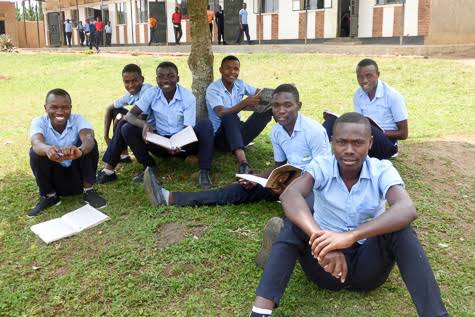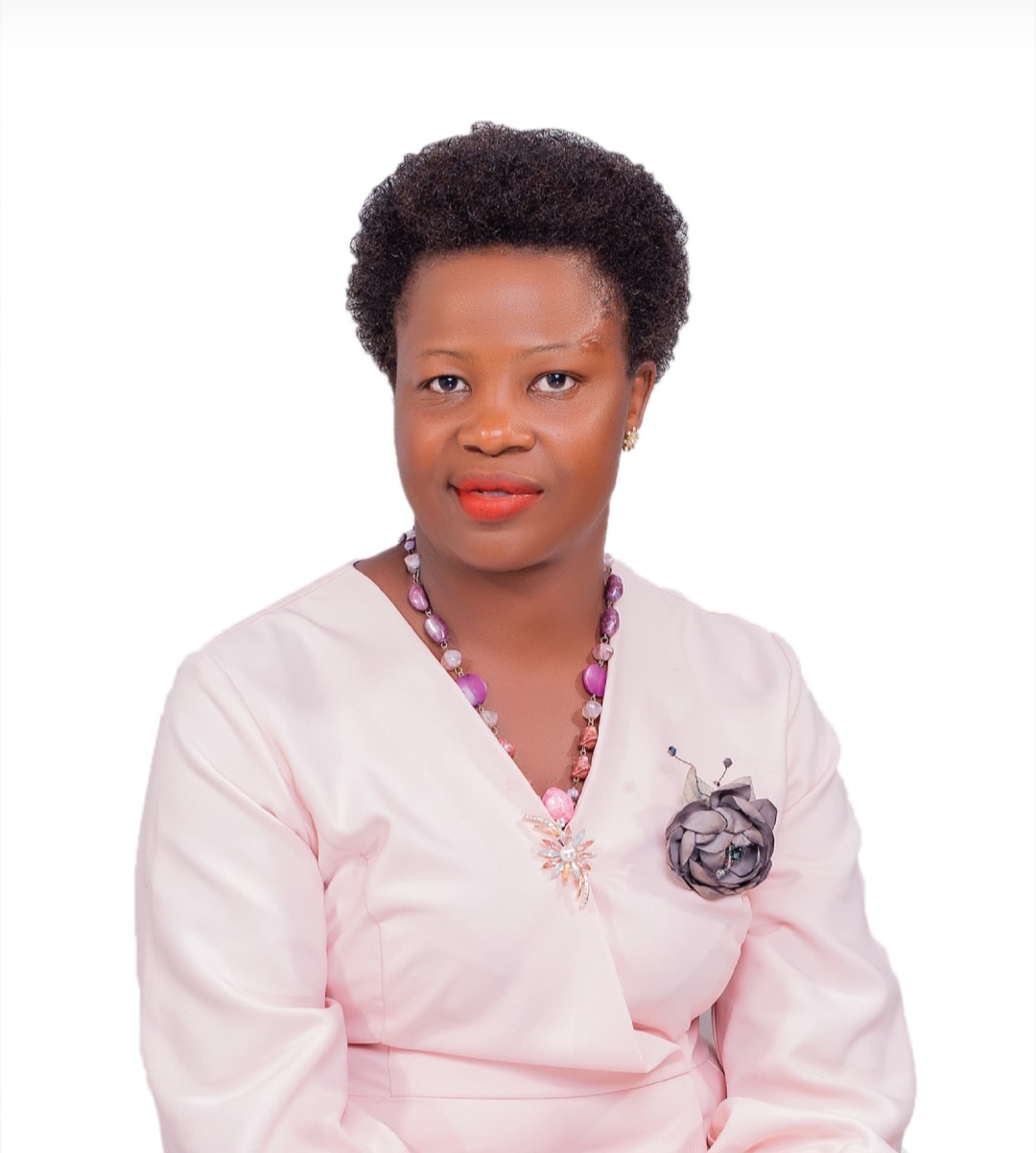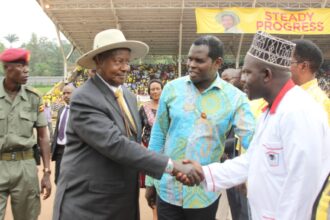The National Assessment Progress in Education (NAPE) report published on Tuesday has indicated that male learners in both primary and secondary schools are no longer interested in education.
Speaking during the release of the report at the headquarters of Uganda National Examinations Board (UNEB) at Ntinda, the manager in charge of NAPE, Dan Kyagaba revealed that due to increased teenage pregnancy and child marriages most reports have always focused on the affected female learners yet the boy child is equally affected.
Due to Covid-19 lockdown that has since been in place since March last year, scbools in Uganda have been under lock for over two years.
“A study carried out to understand the effects of the COVID-19 pandemic on teaching and learning at the primary and Secondary education levels in Uganda during the first school closure has pointed to the fact that boys were also greatly affected. It seems there is something the entire society has been missing,” Kyagaba said.
The report findings show that 10 percent of P.6 learners and 13 percent of S.3 learners did not return to school. Gender-wise, 8 percent of P.6 girls did not return to school as compared to10.2 percent of boys.
According to the report, the proportion of P.6 learners in rural areas at 11.3 percent who did not return to school was also significantly higher than that of urban areas at 1.9 percent. While private primary schools gained 1.5 percent, more P.6 learners at reopening, 11.8 percent of learners in public primary schools did not return to school.
However, the report asserts that girlchild is still affected since teenage pregnancy affected 18 percent of P.6 and 30.5 percent of girls did not return to school. The report again revealed that for the boys, most of them preferred causal labour over learning while others lost interest completely in returning to school.
James Jjuuko, the chairperson of Kampala Primary Headteachers Association, welcomed the report and advised the government to depend on it as it’s planning to re-open schools. “The society has had this stereotype that girls are the worst affected group of learners during this closure. However, findings by the report have rebuked this stereotype and this should inform policymakers to ensure that there is an effort to ensure that the boy child is not neglected in their school reopening plans,” said Jjuuko.
The report recommended that there is a need to provide psychosocial support and counselling to the learners to change their mindset on reopening of schools come next month.
Meanwhile, other findings showed that more teachers in public schools reported back to teach P.6 and S.3 learners at re-opening, that is, 7.4 percent and 7.8 percent respectively. This was attributed to the fact that some of the teachers of lower classes were also summoned back to school to handle the extra streams created for P.6 and S.3 learners because of social distancing.
However, eight percent of P.6 teachers and 3.4 percent of the S.3 teachers in private schools did not report to school. The difference was significant amongst P.6 teachers, by school ownership. While secondary schools in rural areas had 11.5 percent more teachers of S.3 learners reporting back at re-opening, 3.4 percent of the teachers in urban schools didn’t report back to school
The study took place in over 500 primary schools and 200 secondary schools in 100 districts focusing on learners in semi candidate classes (P.6 and S.3) across the country with UNEB interviewing learners who had not returned to school when schools reopened.
Do you have a story in your community or an opinion to share with us: Email us at Submit an Article









